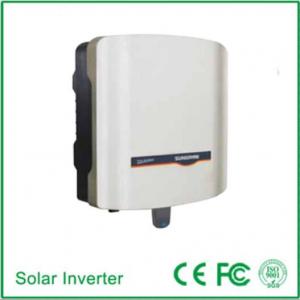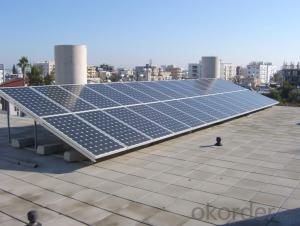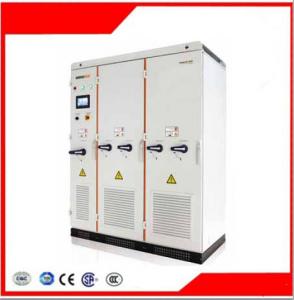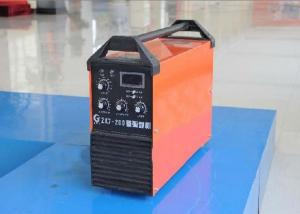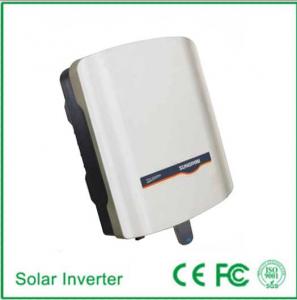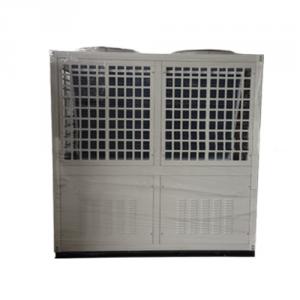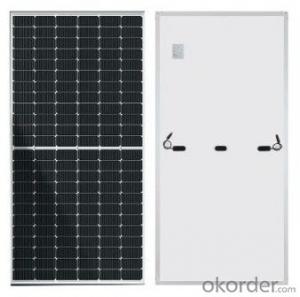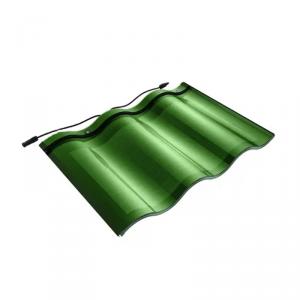Sma Solar Technology Inverter
Sma Solar Technology Inverter Related Searches
Sma Solar Inverter Solar Sma Inverter Sma Solar Panel Inverter Sma Solar Micro Inverter Sma Solar Hybrid Inverter Solar Inverter Sma Sma Hybrid Solar Inverter Sma Solar Inverter Germany Sma Commercial Solar Inverter Sma Solar Inverter Price Sma Three Phase Solar Inverter Sma Solar Inverter App Sma 100 Kw Solar Inverter Sma 5kw Solar Inverter Sma Solar Inverter Warranty Sma Solar Inverter Manual Sunshine Solar Inverter Sun Solar Inverter Solar System Inverter Solar Solar Inverter Solar Energy Inverter Solar Electric Inverter Gamma Solar Inverter Samsung Solar Inverter Solar Light Inverter Solar Tech Inverter Srne Solar Inverter Sps Solar Inverter Solar Converter Inverter Solar Energy Power InverterSma Solar Technology Inverter Supplier & Manufacturer from China
Sma Solar Technology Inverter is a high-quality product designed to optimize the performance of solar power systems. These inverters are engineered to convert the direct current (DC) generated by solar panels into alternating current (AC), which can be used by homes and businesses. The advanced technology within Sma Solar Technology Inverters ensures maximum efficiency and reliability, making them a popular choice among solar energy enthusiasts and professionals alike.The Sma Solar Technology Inverter is widely used in various applications, such as residential rooftop installations, commercial solar farms, and off-grid power systems. These versatile devices can handle different solar panel configurations and are compatible with a range of battery storage solutions. Their compact design and user-friendly interface make them easy to install and maintain, catering to the needs of both novice and experienced solar system users.
Okorder.com is a reputable wholesale supplier of Sma Solar Technology Inverters, boasting a vast inventory to cater to the diverse needs of customers worldwide. By partnering with Sma Solar, Okorder.com ensures that customers have access to top-tier products at competitive prices. Their commitment to quality and customer satisfaction has made them a trusted source for solar energy solutions, providing businesses and individuals with the tools they need to harness the power of the sun efficiently and cost-effectively.
Hot Products
